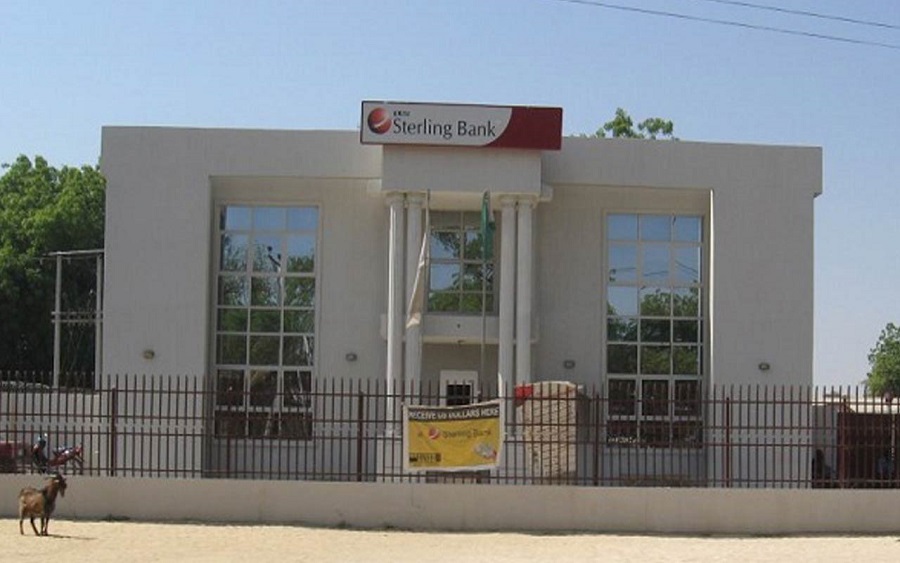Sterling Bank’s Q1 2020 numbers were largely impacted by the regulatory-induced fee cut on e-banking transactions resulting in a decline in Net Fee and Commission (down 16% y/y) and weak operating efficiency given the higher growth in OPEX (up 8% y/y) compared with the increase in operating income (up 3% y/y). Net Interest Margin (NIM) however improved to 7.7% in Q1 2020 (Q1 2019; 7.4%) on the back of lower funding cost (5.1% in Q1 2020 compared with 6.6% in Q1 2019).
READ MORE: How Quidax is Building Africa’s Next Billion-Dollar Crypto Startup
Sterling bank’s NPL ratio declined to 2.0% in Q1 2020 from 8.9% in Q1 2019 following the declassification of exposures in stressed sectors. We do not expect asset quality issues to crystallise in the short term, as we expect the bulk of the loans in the Oil and gas upstream/midstream (c.27% of gross loan) to be restructured. We however expect earnings to weaken in 2020, due to low asset yields amidst weak loan creation and the downward adjustment in fees on e-banking transactions. We Project Pre-tax Profit of N9.0bn (down 15% y/y) and we estimate ROAE of 6.9% in 2020e (FY 2019; 9.8%).
Following the downward revision to our 2020 earnings forecast, we have revised our target price downwards to N1.67/s from N2.84/s previously. We however maintain our BUY recommendation due to attractive valuations (P/E; 3.7x and P/B; 0.3x) and the 34% upside from the last closing price of N1.25/s. We note that the steep decline in the stock price (down c.37% since the start of the year) presents an attractive entry point.
Download the Nairametrics News App
@Copyright CSL STOCKBROKERS LIMITED, 2020. All rights reserved.



















this is commendable